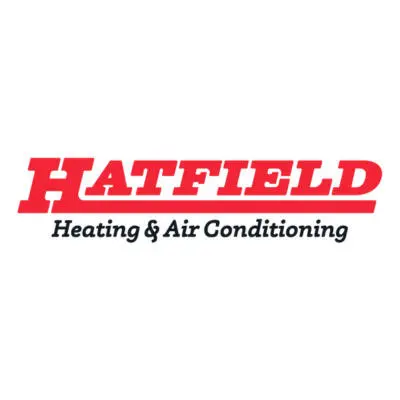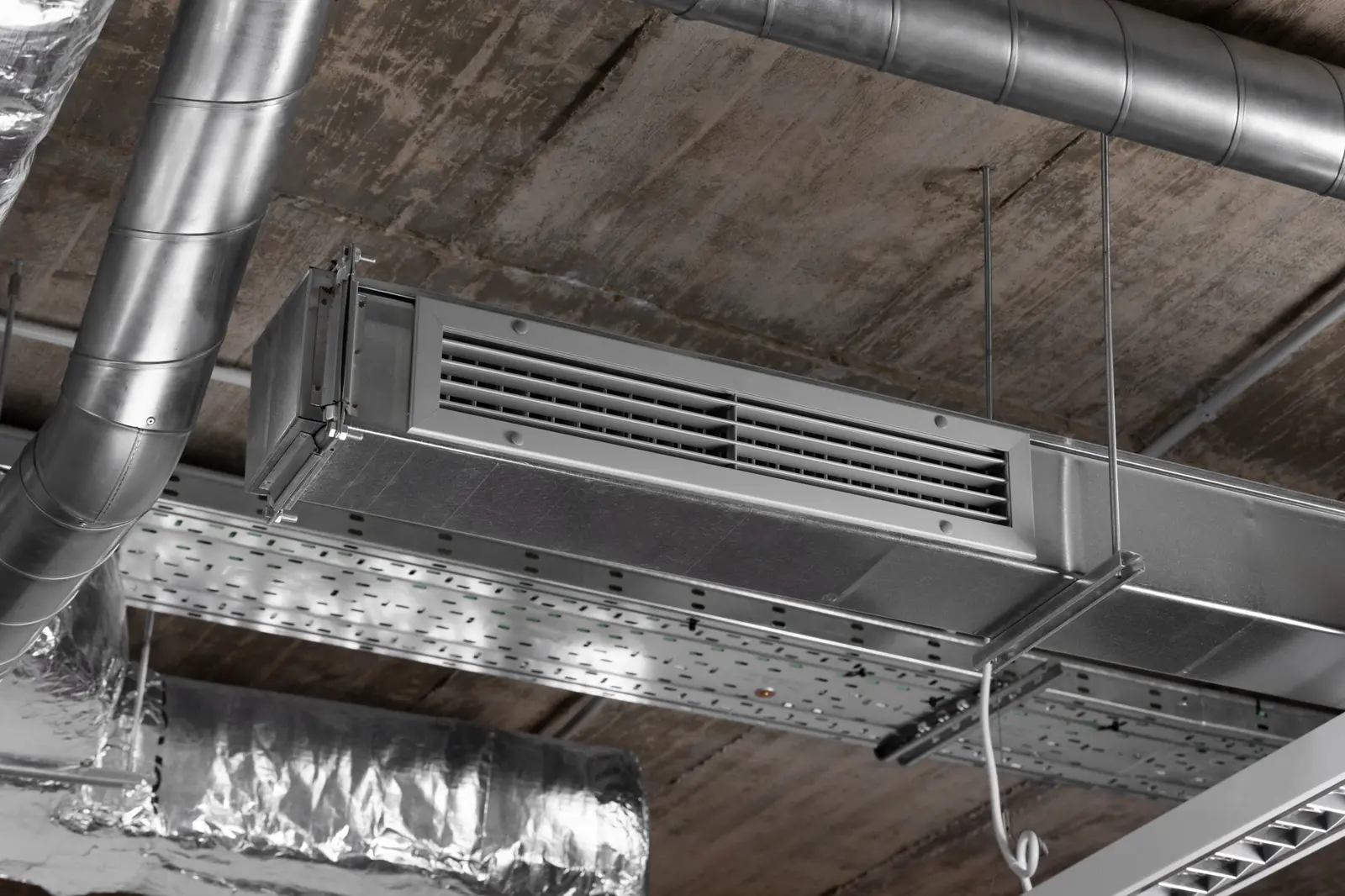We use cookies to personalise site content, social media features and to analyse our traffic. We also share information about your use of this site with our advertising and social media partners.
About Me
 Hatfield Heating Conditioning
Hatfield Heating Conditioning Get fast and reliable 24-hour HVAC service when you need it most. Certified technicians are available day or night to repair, replace, or maintain your heating and cooling systems. Whether it’s an emergency AC repair or furnace breakdown, experts ensure your comfort and safety with quick response times and quality workmanship. Dependable 24-hour HVAC solutions keep your home or business running smoothly in any season.
Posted by - Hatfield Heating Conditioning -
on - Oct 24 -
Filed in - Family & Home -
New Construction HVAC hvac repairs cost for hvac maintenance Replacement HVAC Systems home duct cleaning services -
359 Views - 0 Comments - 0 Likes - 0 Reviews

Building a new home or commercial property is an exciting process filled with countless decisions. From the foundation to the final coat of paint, every detail matter. Among the most critical systems you will plan for is the heating, ventilation, and air conditioning (HVAC).
Deciding when to install the HVAC system is not just a matter of scheduling; it’s a crucial step that impacts your budget, timeline, and the long-term comfort and efficiency of your building. Getting the timing right ensures everything works together smoothly from day one.
Proper HVAC planning from the earliest stages of a construction project is essential. It's not an afterthought but a core component of the building's design. An effective HVAC system does more than just heat and cools the air. It controls humidity, filters out pollutants, and ensures proper ventilation, creating a healthy and comfortable indoor environment.
When integrated early, the HVAC design can be optimized for energy efficiency, which translates into lower utility bills for years to come. Your builder and HVAC contractor can work together to select the right-sized equipment and map out the most efficient ductwork routes before walls are closed up. This proactive approach prevents costly changes later and ensures the system performs at its peak, providing consistent comfort throughout the property.
Timing is everything in new construction. Installing the HVAC system at the right moment prevents delays and ensures a seamless workflow with other trades. Generally, the HVAC installation, specifically the "rough-in" phase, begins after the building is framed, the roof is on, and the windows and doors are installed. This creates a protected, weatherproof environment for the equipment and ductwork.
The HVAC installation process is typically divided into two main phases: the rough-in and the trim-out.
1. Framing and "Dry-In: Once the structural frame is complete and the building is protected from the elements, the HVAC rough-in can start.
2. Rough-In: This is the most intensive phase. During this stage, technicians install the interior components, including ductwork, refrigerant lines, drain lines, and ventilation runs. This happens alongside the plumbing and electrical rough-ins. Close coordination between your builder, electrician, plumber, and HVAC contractor is vital to avoid conflicts where pipes, wires, and ducts compete for the same space.
3. Trim-Out (or Finish): After the drywall is up and painted, the HVAC team returns for the final installation. They will install registers and grilles, connect the thermostat, and set the main indoor and outdoor units (like the furnace, air handler, and condenser). Finally, they will charge the system with refrigerant and perform a full system test to ensure everything operates correctly.
The needs of a single-family home are very different from those of a multi-story office building. The HVAC system must be designed specifically for the building's size, layout, and intended use. A one-size-fits-all approach often leads to poor performance, high energy costs, and premature system failure.
When planning new construction HVAC for a home, the focus is on creating zones for consistent comfort, quiet operation, and high efficiency. Systems are typically smaller and less complex than their commercial counterparts.
In contrast, new construction HVAC for commercial buildings requires more robust and powerful equipment. These systems must accommodate larger open spaces, higher occupancy levels, and specific ventilation needs for areas like kitchens or server rooms. Commercial projects often involve complex zoning, sophisticated control systems, and modular units that can be scaled as the business grows.
The most powerful HVAC unit is only as good as the ductwork that delivers its conditioned air. In new construction, you have a golden opportunity to design and install a perfectly sealed and efficient duct system. Leaky or poorly designed ducts can lose up to 30% of the air they carry, forcing your system to work harder and wasting significant energy.
Proper hvac duct sealing ensures that all the heated or cooled air reaches its intended destination. Professionals use mastic sealant or advanced aerosol-based solutions to seal every joint and connection in the ductwork. Combined with a smart layout that uses the shortest, most direct routes, a well-designed duct system improves indoor air quality, provides even temperatures, and maximizes energy performance.
Once your new HVAC system is installed, regular maintenance is the key to protecting your investment. Just like a new car needs oil changes, your HVAC system requires routine service to run efficiently and reliably for its entire lifespan.
The cost for hvac maintenance is a small price to pay compared to the expense of major hvac repairs or a complete system replacement. A professional maintenance plan typically includes inspecting electrical components, cleaning coils, checking refrigerant levels, and testing system controls. These check-ups catch small issues before they become big problems, ensuring your system operates safely and at peak efficiency. Simple tasks like changing your air filter every 1-3 months also go a long way in preventing strain on your equipment.
While this article focuses on new construction, it's helpful to know when a system has reached the end of its life. If you have an older home, you might wonder about a replacement. So, what is the average life of an AC unit? Generally, the average lifespan of an AC unit is about 15-20 years. For furnaces, it’s closer to 20-30 years.
Signs that you need a replacement HVAC systems include rising energy bills, frequent and costly repairs, inconsistent temperatures, and excessive noise. Modern systems offer vast improvements in energy efficiency that can provide a significant return on investment through lower utility costs.
Even in new construction, dust and debris can accumulate in the ductwork during the building process. Over time, these contaminants can circulate throughout your home, degrading indoor air quality. In existing homes, years of dust, pet dander, and other allergens can build up.
Professional home duct cleaning services remove this buildup, improving air quality and helping your HVAC system run more efficiently. Advanced methods like Rotobrush air duct cleaning use a powerful brush and vacuum system to dislodge and extract debris, leaving your ducts clean and clear. This service is beneficial for both new builds after construction is complete and for older homes to restore airflow and cleanliness.
Navigating the complexities of new construction HVAC requires a partner you can trust. At Hatfield Heating and Air, we have the expertise to guide you through every step of the process. From initial design and load calculations to precise installation and final testing, our team ensures your system is built for lasting performance and efficiency. We work closely with builders and homeowners to deliver customized solutions for both residential and commercial projects.
Whether you need a complete system for a new home, require maintenance on an existing unit, or are considering duct cleaning, we are here to provide reliable service and expert advice. Contact Hatfield Heating and Air to keep your home comfortable for years to come.


“To assist disaster survivors by providing a source for them to come together in time of need, to aid in the listing of events, information and other forms of assistance, and continuing support through the recovery process.”
Share this page with your family and friends.